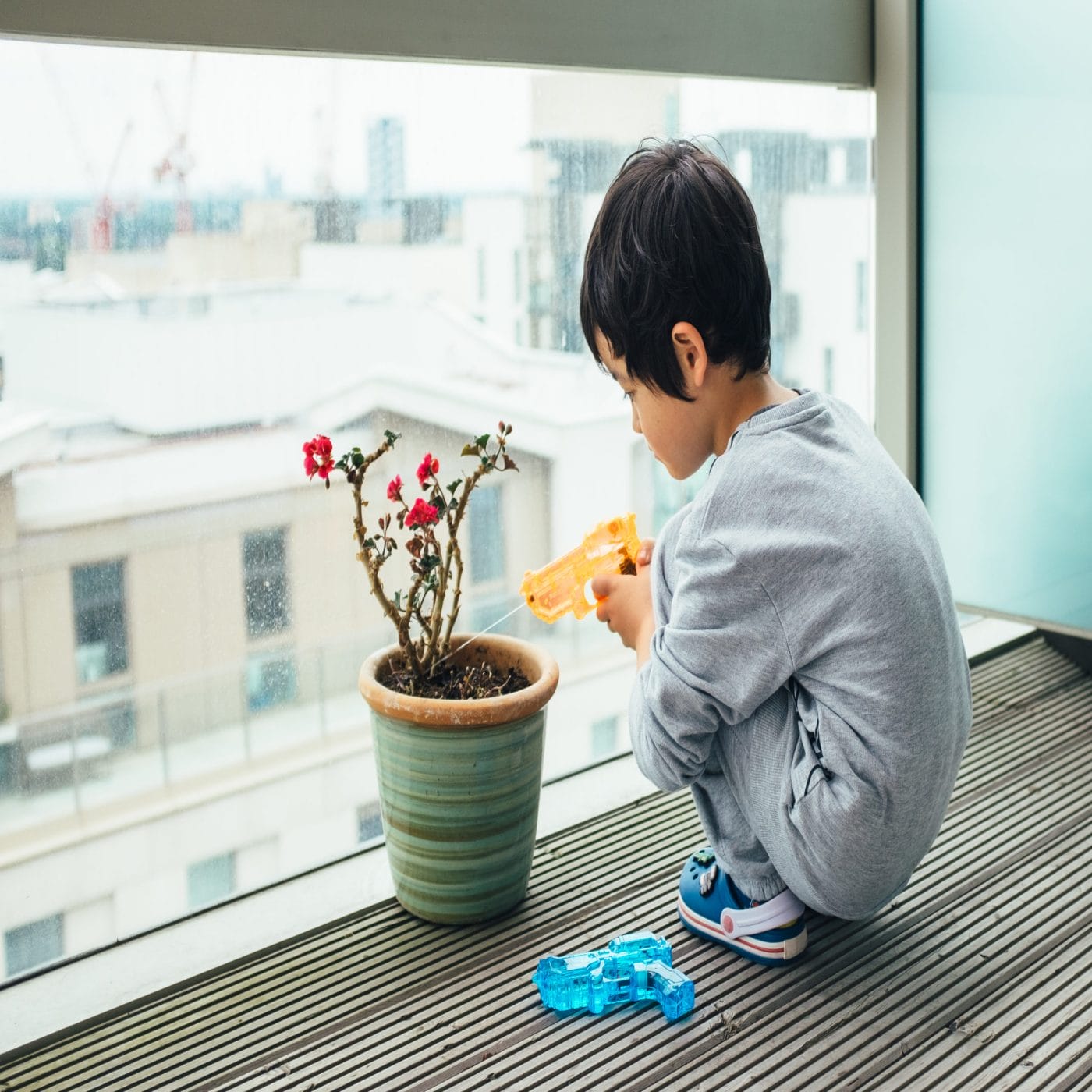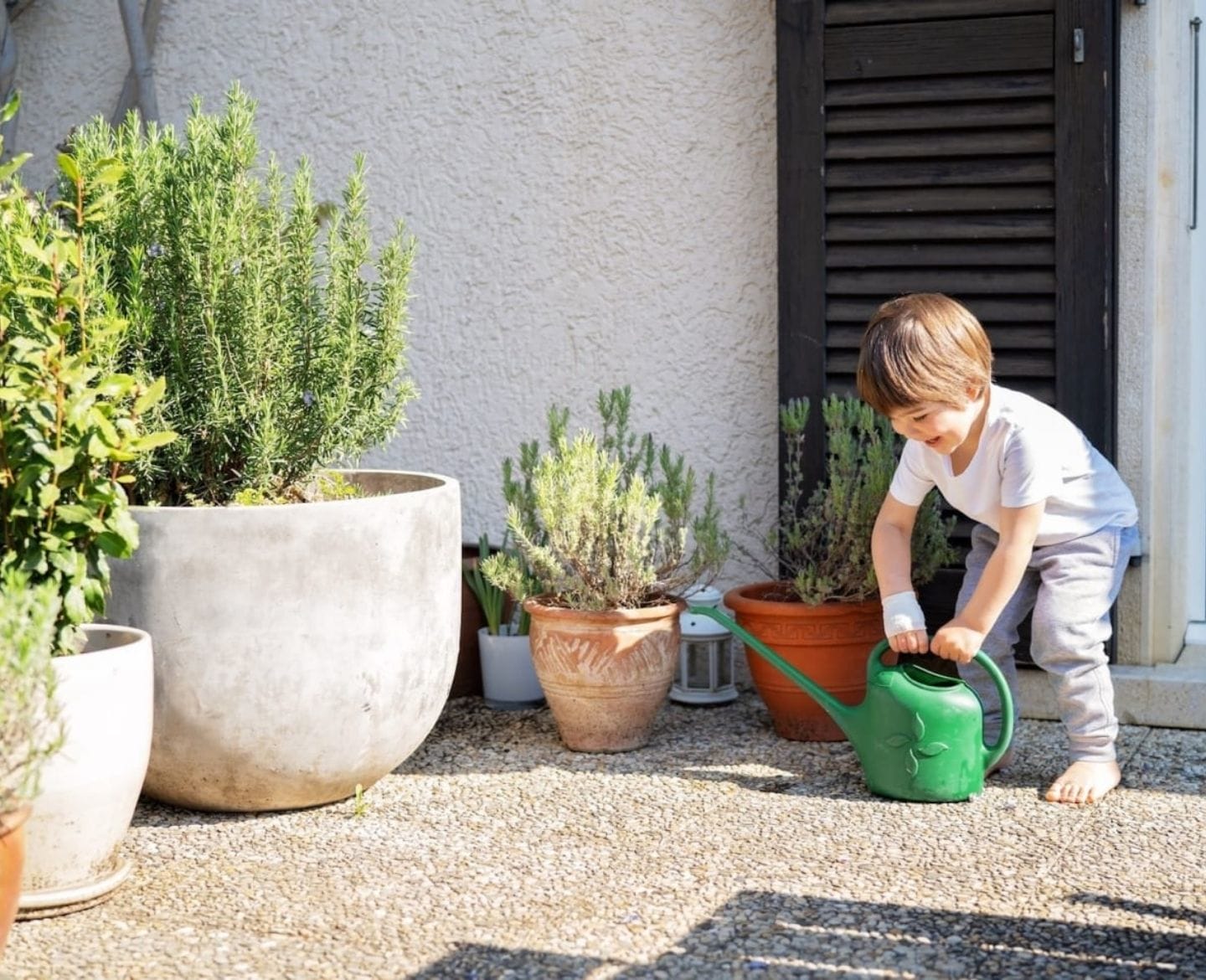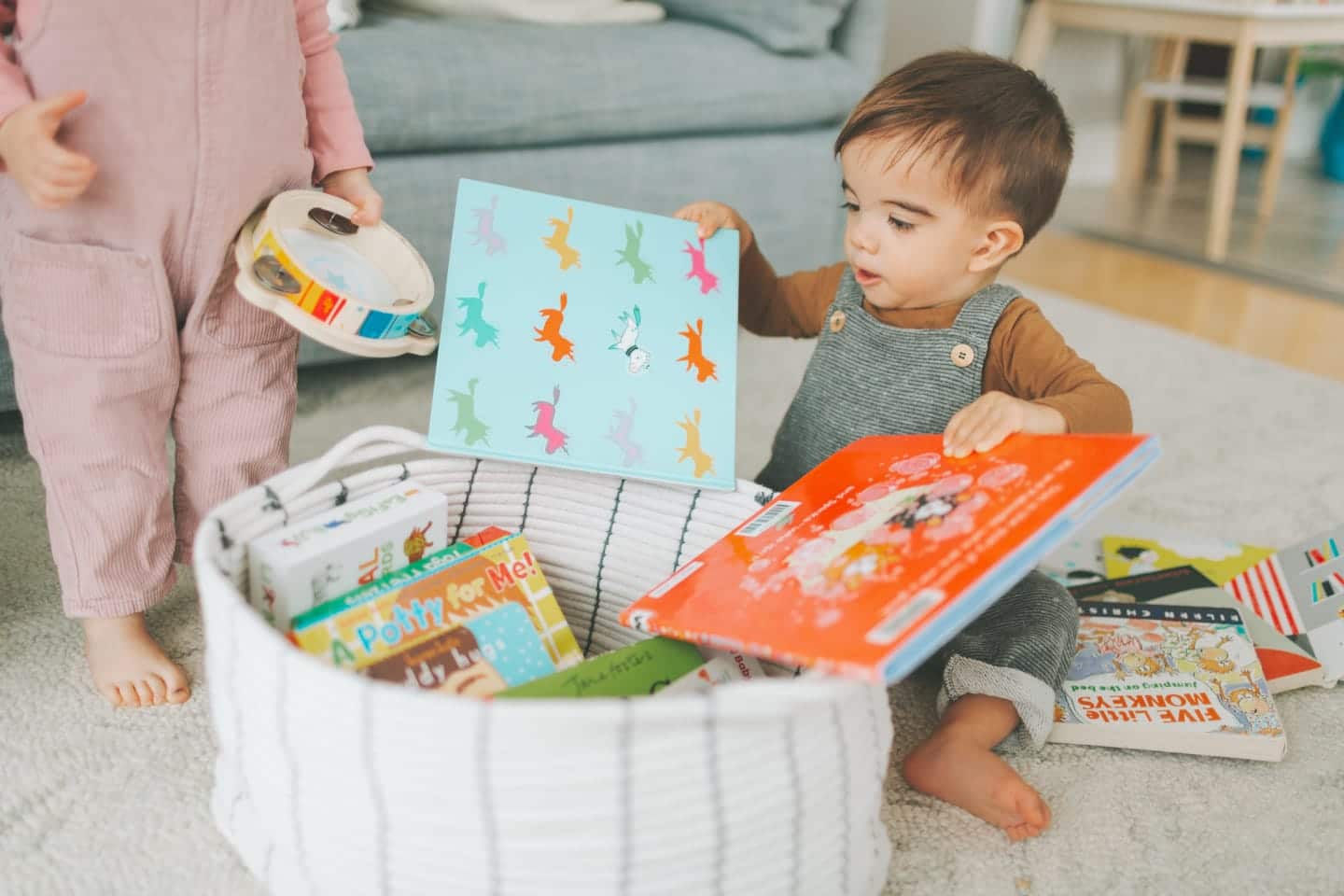How to kid-proof houseplants, according to a plant expert

Plus, your go-list of kid-friendly plants.
Table of Contents
Aside from Instagram plantfluencers making plants pretty popular these days, indoor plants are a great way to invite nature indoors. For starters, they are aesthetically pleasing and make any space feel more homely. Indoor plants also purify the air and minimize stress, which, if you have toddlers around, it’s nice to be surrounded by many. But the challenge is: how do you enjoy beautiful plants in your home while making sure the little people in your life don’t destroy them and get hurt?
Here are five tips for households with plants. Plus, the top kid-friendly plants to have in your home year-round:
1. Opt for non-poisonous
Unfortunately, many of the popular houseplants are not only toxic to pets but also people—especially little ones. “Since toxicity is measured on quantity by weight scale, small children don’t need to ingest nearly as much as grown adults to become sick,” says Amy Enfield, Ph.D., a horticulturist for ScottsMiracle-Gro. “Beyond that, since having young children can make free time very limited, look for kid-friendly plants that also tolerate neglect, like Christmas cactus, burro’s tail, or echeveria which tolerate a missed watering (or two) since they’re succulents.”
2. Avoid cactus at all costs
Kids are tactile by nature and want to touch things, so avoid plants with thorns, spikes or prickly hairs that can hurt or irritate the skin if touched. A good example of a plant to pass on is a cactus. Alternatively, if you are okay with your children touching your houseplants, African violets make great kid-friendly plants, says Enfield. Not only do they have beautiful flowers, but their leaves are fuzzy. Haworthia is another great alternative because it resembles an aloe but isn’t toxic.
3. Place plants out of reach
Find a well-lit spot for your houseplants that are also out of reach of little hands. The top of a bookcase, a shelf, or the top of the refrigerator are all good options for plants if they receive enough light, says Enfield.
4. Use lightweight, plastic pots
Many decorative pots for houseplants are made of heavy ceramic or even cement which can shatter when dropped or cause injury if it lands on a child. “For smaller (6-inches or less) houseplants, use lightweight, plastic pots instead of heavy ceramic or cement decorative pots,” says Enfield. If your child does pull a plant off the shelf, the container won’t break as easily and won’t hurt as much if it lands on them.
For heavy floor plants, Enfield suggests using large pots (like decorative cement) so children can’t knock them over.
5. Get children involved
Perhaps the best thing to do if you have houseplants and children is to get them involved in helping care for the plants. “Oftentimes, houseplants are a child’s first exposure to growing plants, so teaching them about what they need to grow (light, water, and plant food) and what makes them different or unique is a great learning experience,” says Enfield. When they are older (preschool-aged), get them their own houseplant to care for so they can practice what they’ve learned helping you.
Here are a few child-friendly plants to have in your home:
1. Christmas cactus
“These plants bloom during the holidays, love being pot-bound and an occasional (every 2-3 weeks) watering,” says Enfield. “If it gets knocked over, simply remove the damaged leaves and the plant will regrow.”
2. Echeveria
Echeveria is a great succulent if you have a really sunny spot. They are low-maintenance and will thrive several weeks between waterings, says Enfield.
3. African violet
If you have the time to care for houseplants, this is a great option to add a pop of color inside your home. They need moderate light and their soil can be kept moist, not completely wet. They also have fuzzy leaves which makes them interesting for kids to feel, says Enfield.
Pro tip: Look for specialized containers for African violets to help keep them sufficiently watered.
4. Spider plant
Spider plants tolerate all light levels and don’t require frequent watering. The plantlets that form at the end of aerial stems are a great way to teach older children how to start new plants, says Enfield.
5. Burro’s tail
This is another great succulent to grow if you have a bright, sunny spot in your home. They are low-maintenance, and if pieces break off (or get pulled off from little hands) just throw them back in the pot to root or start new pots, says Enfield. Both branches and the individual leaves will root and form new plants.
If your child consumed any plant—even a non-poisonous one:
First, remove the plant immediately from the child’s mouth. Then, immediately visit Poison Control or call 800-222-1222. They are available 24 hours a day.
It’s also important to understand that a plant can cause a child with sensitive skin to have a bad reaction. If you notice any irritation (red streaks around the area, swelling, pus or a lot of discharge) contact your healthcare provider.





































